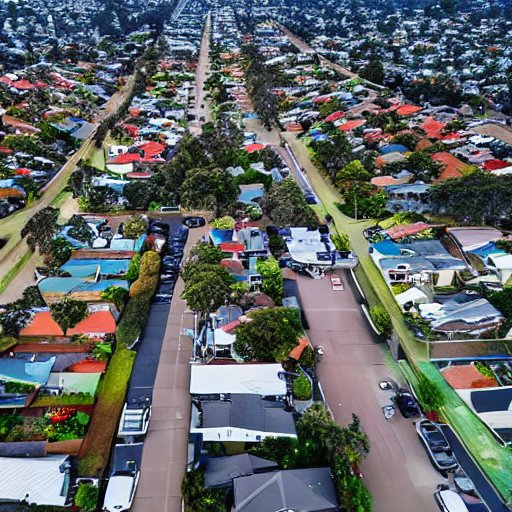By John Stapleton
The impacts of high immigration rates combined with an ageing population have created a housing crisis in Sydney and Melbourne, according to a new report.
The Australian Population Research Institute suggests that most first home buyers and renters in Australia’s two largest cities are unable to find housing suitable to their needs and the problems will significantly worsen in coming years.
The issues, the Institute concludes, are beyond dispute.
• Sydney is the third most over-valued global city• The $500,000 question: should I buy now or should I wait• ‘Generation rent’ are cashing in as house prices go out of reach
More than half of the stand-alone dwellings most suitable for raising families in the inner and central suburbs of Sydney and Melbourne are now occupied by people over 50, who show little inclination to move.
The idea that elderly people are freeing up housing stock by downsizing to apartments after their children have “grown and flown” is a myth.
Co-author of the report, entitled The Housing Affordability Crisis in Sydney and Melbourne, Dr Bob Birrell, one of Australia’s most respected demographers, said the study was designed to understand the deeper root causes behind why younger households were confronting an unprecedented squeeze when entering the housing market.
Most researchers, commentators and policy makers have not taken the life-stage factor or the impacts of high migration rates into account in calculating housing need. This has led to flawed assumptions about the solution for the housing crisis.
Can we fix it?
The present boom in apartment building will not resolve the problem, because their high cost and small size make them unsuitable for young families.
There is a predicted glut of apartments while free-standing homes will grow increasingly unaffordable.
The study models the impact of the current rate of migration of 240,000 a year, which doubled during John Howard’s prime ministership, with Sydney and Melbourne receiving half of all migrants, and contrasts this with what would happen if migration was set at zero.

First home buyers are struggling to find dwellings large enough for their needs.
If current immigration and long-term demographic trends continue, Sydney will have to add a total of 308,000 dwellings in the decade to 2022, while Melbourne will have to add 355,000 dwellings.
Well over half of these will be needed to accommodate migrants, 199,000 in Sydney and 193,000 in Melbourne.
By 2022 there will be a glut of 59,000 excess apartments in Sydney and 123,000 in Melbourne, while at the same time there will be a shortfall of the houses most desired by families.
“One obvious policy option would be to cut back the migration program,” Dr Birrell told The New Daily.
“More than half of the extra dwellings needed in Sydney and Melbourne between 2012 and 2022 will be occupied by migrants.
“I don’t think that a cut is likely, however, because of a strong push from the housing industry and the big end of town to keep migration high.
“If the government was concerned about the wellbeing of young residents and migrants finding suitable accommodation they would have cut back the migration levels already. But they haven’t.”
It could get worse
Dr Birrell said the long-term consequences of the present vicious cycle of spiralling housing costs could be a slowdown in the birth rate as residents spent years saving for an appropriate home, while the attractions of Sydney and Melbourne for migrants would decrease as most could not afford a home of their own.

This popular Australian childhood memory could soon be a thing of the past.
Baby boomers, often living alone, were occupying an ever-increasing percentage of houses.
“That is the key factor which most people have struggled to understand. What we are saying is there is a lot of factors turbocharging the demand for separate houses, including low interest rates and the influx of investors both local and overseas into these markets, but on top of that we have that additional factor,” Dr Birrell said.
“The stock of available houses in suburbia is occupied by an ageing cohort.
“There is a predicted growth in the number of older households occupying separate houses over the decade to 2022. Their numbers are increasing mainly because the baby boomers born in the 1950s and early 1960s are replacing a much smaller cohort born before them in the 1940s.”
Generated image added.
